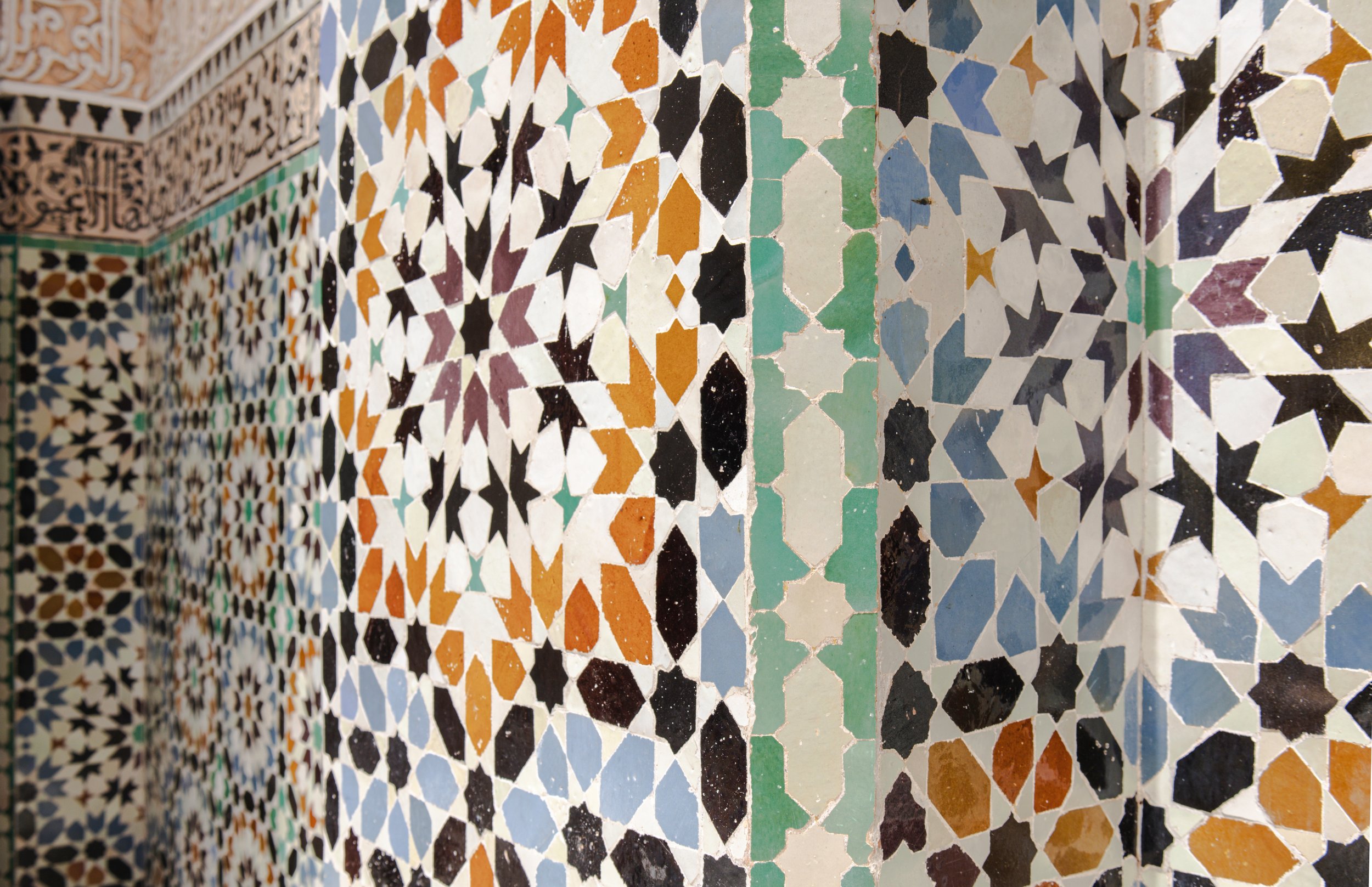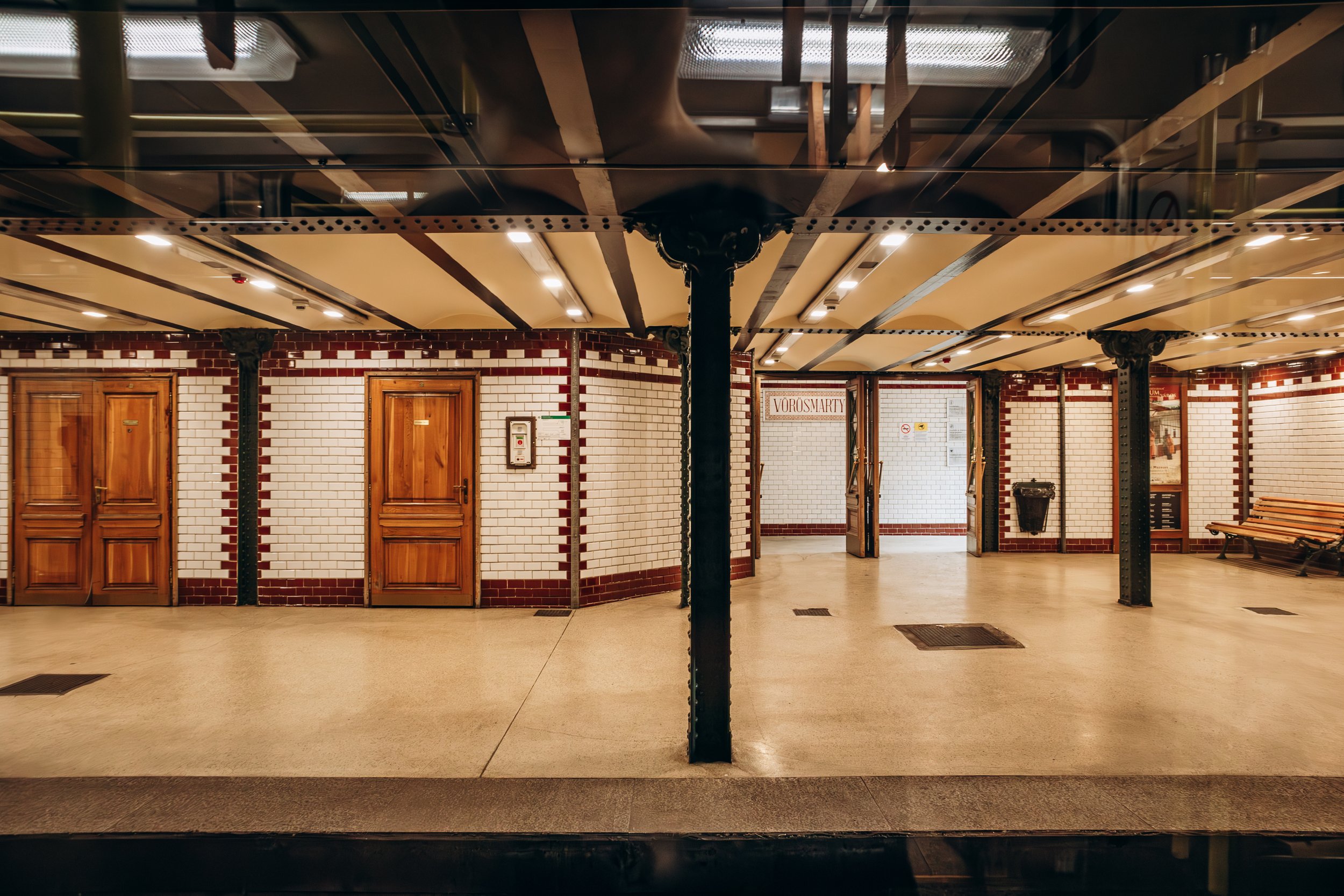The Timeless Appeal of Tile: From Historic Masterpieces to Modern Design Trends
Tile has adorned architectural masterpieces for centuries, transcending cultures, continents, and eras. From the intricate mosaics of ancient Rome to the zellige patterns of Morocco, tilework embodies a rich history of craftsmanship, storytelling, and art. As we embrace 2025's design trends favoring texture, pattern, and warmth, it’s worth exploring how these timeless techniques continue to inspire contemporary interiors.
A Glimpse Into Tile’s Historic Origins
Ancient Rome and Byzantine Mosaics
Tile’s journey began in ancient civilizations, with mosaics being one of the earliest forms of artistic tilework. Roman mosaics, often crafted from marble, glass, and stone, adorned floors and walls, depicting mythological scenes and geometric patterns. The Byzantine Empire elevated this art form with shimmering gold tesserae, creating luminous surfaces in churches and palaces.
Modern Influence: The geometric precision of Roman mosaics finds its counterpart in contemporary tile collections with intricate patterns. Hexagonal tiles, bold borders, and mixed-material designs pay homage to this historic craftsmanship.
Mosaics in Rome, Credit of https://observingleslie.com/magazine/mosaics-in-rome
Make it stand out
Imperial Sienna Floor Mosaic, Courtesy of The Tile Shop. Explore it here.
Moroccan Zellige: A Legacy of Color and Pattern
Morocco’s zellige tiles, known for their vivid colors and starburst patterns, became an architectural hallmark during the Islamic Golden Age. These tiles were handcrafted, a tradition passed down through generations, reflecting the region’s rich cultural heritage.
Modern Influence: If ever we’ve seen a trend that feels like it’s here to stay, it’s Zellige and the imperfectly perfect look of handmade tile. Zellige’s irregular, hand-glazed textures bring warmth and character to today’s interiors. Kitchens, bathrooms, and accent walls adorned with zellige tiles evoke a timeless yet contemporary aesthetic.
Zellige Tiles in Morocco
Watercolor Stick Zellige courtesy of Mineral Tiles. Shop it here.
Parisian Metro Tiles: A 20th-Century Icon
In early 20th-century Paris, the Art Nouveau movement brought about the sleek white tiles synonymous with metro stations. The beveled edges of these tiles became a design staple for their simplicity and versatility.
Modern Influence: Subway tiles, seen in oh-so-many spaces these days, are a direct descendant of Parisian metro tiles. Today we often explore creative layouts like herringbone or vertical stacking, offering a fresh twist on a classic.
Classic Subway Tile
Groove Terra Cotta Subway Tile, courtesy of Tile Club. Shop it here.
Tile Trends in 2025: A Nod to History
The upcoming year celebrates a return to maximalism, emphasizing bold patterns, vibrant colors, and layered textures—an aesthetic deeply rooted in tile’s history. Here’s how these historical precedents translate into current design trends:
Pattern Resurgence: Inspired by Moroccan and Roman designs, patterned tiles bring movement and visual intrigue to interiors.
Artisanal Finishes: Handcrafted zellige tiles highlight individuality, countering the uniformity of mass-produced materials.
Rich Color Palettes: Jewel tones and earthy hues echo the opulence of historic tilework.
Layered Textures: Matte and glossy finishes coexist, creating depth reminiscent of ancient mosaics and zellige glazes.
Tilework remains one of the most versatile and enduring design elements. Its ability to balance tradition and innovation ensures its relevance in both historic restorations and modern homes. Whether paying homage to a Moroccan courtyard or a Roman villa, tile connects us to a rich lineage of art and architecture while meeting contemporary design needs. We’re looking forward to our own adventures in tile this year!







